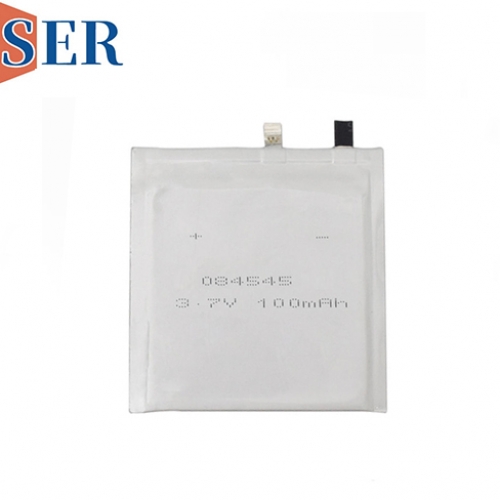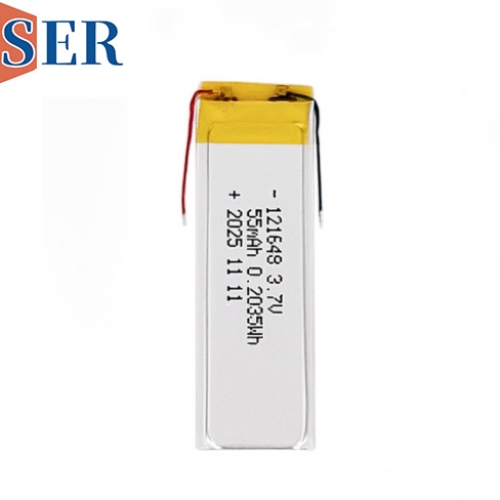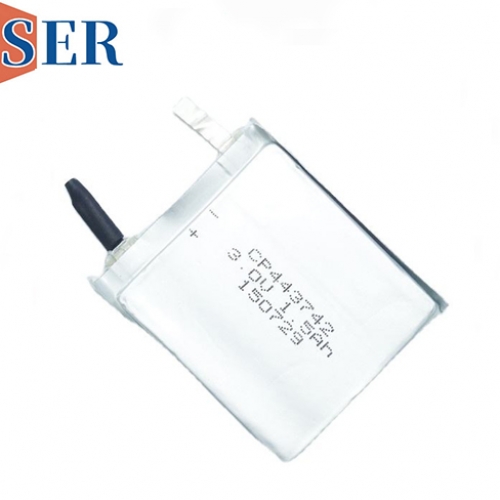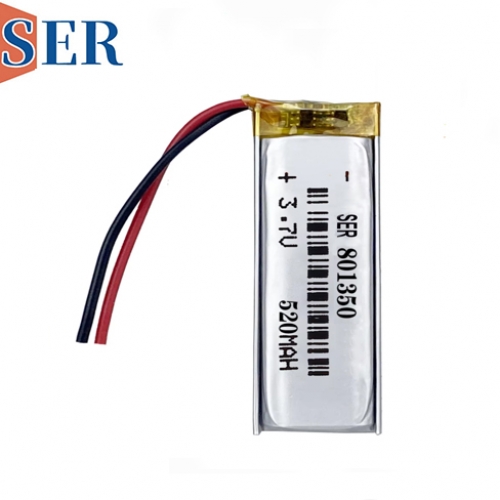LiMNO₂ Batteries: Powering Safety-Critical Applications with Unmatched Reliability
LiMNO₂ Batteries: Powering Safety-Critical Applications with Unmatched Reliability
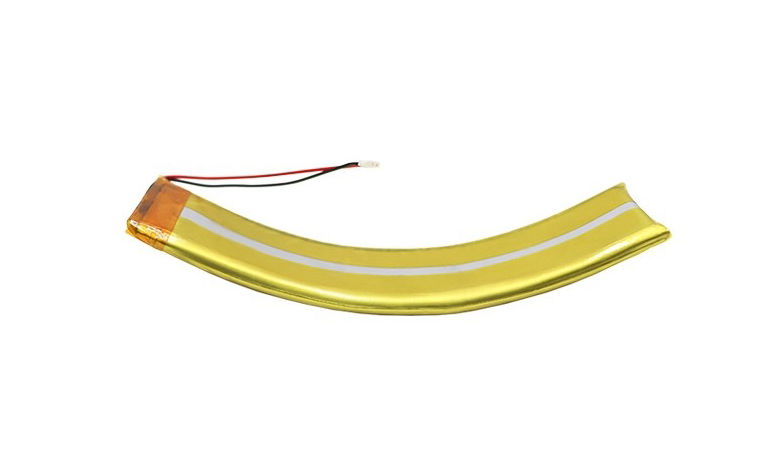
Introduction
In an era where electronic devices are ubiquitous across industries, the demand for reliable, long-lasting, and safe power solutions has never been greater. Lithium manganese dioxide (LiMnO₂) batteries have emerged as a cornerstone technology for applications requiring high energy density, low self-discharge, and exceptional operational lifespan. This article delves into the science, engineering, and applications of LiMnO₂ batteries, with a focus on their role in safety-critical systems. We will explore their electrochemical architecture, performance characteristics, and the innovative solutions offered by industry leaders like SER, which cater to the stringent requirements of metering, security, and industrial IoT markets.
1. Electrochemical Architecture of LiMnO₂ Batteries
LiMnO₂ batteries are engineered to deliver optimal performance through a synergistic combination of advanced materials and robust design. Their construction comprises three core components:
Anode: Metallic lithium, the lightest metal on Earth, enables high energy density and stable electrochemical activity.
Cathode: Manganese dioxide (MnO₂) in solid form provides a stable matrix for lithium intercalation, ensuring efficient charge storage and discharge.
Electrolyte: A non-corrosive, non-toxic organic electrolyte facilitates ion transport while maintaining chemical stability across wide temperature ranges.
This architecture supports a nominal voltage of 3.0 V, making LiMnO₂ batteries ideal for devices requiring consistent power delivery without complex voltage regulation circuitry. Their form factors—cylindrical, button, polymer, and pouch configurations—allow seamless integration into diverse designs, from compact wearables to industrial sensors.
2. Key Performance Characteristics
The superiority of LiMnO₂ batteries lies in their unique blend of attributes tailored for mission-critical applications:
2.1 Ultra-Low Self-Discharge
With a self-discharge rate of less than 1% per year at room temperature (RT), LiMnO₂ batteries retain their charge for up to 10 years in storage. This eliminates the need for frequent replacements in devices deployed in remote or inaccessible locations, such as smart meters or asset trackers.
2.2 Extended Shelf and Operational Life
The chemical stability of LiMnO₂ chemistry translates to a shelf life exceeding 15 years, coupled with an operational lifespan that outstrips conventional alkaline batteries by 5–7 times. This longevity reduces maintenance costs and environmental waste, aligning with sustainability goals.
2.3 High Capacity and Rate Capability
Available in both high-capacity and high-rate configurations, these batteries cater to diverse power demands. High-capacity models suit low-power, long-duration applications like IoT sensors, while high-rate cells deliver pulsed power for devices requiring instant responsiveness, such as emergency beacons.
2.4 Memory-Free Operation
Unlike nickel-based chemistries, LiMnO₂ batteries exhibit no memory effect, ensuring full capacity utilization regardless of charging patterns. This simplifies battery management systems and enhances device reliability.
2.5 Wide Temperature Tolerance
Operational across -20°C to 60°C, LiMnO₂ batteries maintain performance in harsh environments, from Arctic pipelines to desert-based surveillance systems. This robustness is critical for industrial and outdoor applications where temperature extremes are unavoidable.
2.6 Eco-Friendly Composition
Free from lead, mercury, and cadmium, LiMnO₂ batteries comply with RoHS and REACH regulations, supporting global sustainability initiatives. Their recyclability further reduces environmental impact, making them a preferred choice for eco-conscious enterprises.
3. Applications in Safety-Critical Systems
The reliability and safety of LiMnO₂ batteries make them indispensable in sectors where power failure is non-negotiable:
3.1 Smart Metering
In utility metering, LiMnO₂ batteries ensure uninterrupted data logging during power outages, preventing revenue loss and enabling accurate billing. Their long lifespan reduces replacement cycles, cutting operational costs for utilities.
3.2 Security and Surveillance
From access control systems to video surveillance cameras, LiMnO₂ batteries provide failsafe power to maintain security protocols during grid failures. Their high energy density supports extended operation of wireless alarms and motion sensors.
3.3 Industrial IoT and Sensors
In predictive maintenance systems, LiMnO₂ batteries power vibration sensors and temperature monitors, enabling real-time diagnostics in manufacturing plants. Their wide temperature tolerance ensures consistent performance in industrial settings.
3.4 Medical Devices
Portable glucose meters and implantable devices rely on LiMnO₂ batteries for their low self-discharge and leak-proof design, ensuring patient safety and data integrity.
3.5 Automotive and Transportation
In keyless entry systems and tire pressure monitoring sensors (TPMS), LiMnO₂ batteries deliver reliable power over the vehicle’s lifetime, enhancing user convenience and safety.
4. SER’s Innovation in Primary Lithium Batteries
SER, a pioneer in energy storage solutions, offers a comprehensive portfolio of LiMnO₂ batteries engineered for safety-critical applications. Their product line emphasizes:
4.1 Customizable Form Factors
Primary Pouch Batteries: Ultra-thin, flexible designs for wearable devices and smart cards.
Cylindrical Cells: Standard sizes (e.g., CR123A) for compatibility with existing equipment.
Button Cells: Compact solutions for small electronics like wristwatches and calculators.
Polymer Batteries: Lightweight, moldable configurations for innovative product designs.
4.2 Enhanced Safety Features
SER batteries incorporate fail-safe mechanisms to prevent thermal runaway, including:
Overcharge Protection: Internal circuit breakers to halt current flow during abnormal charging.
Leak-Proof Housing: Hermetically sealed enclosures to prevent electrolyte leakage.
Short-Circuit Resistance: Robust separators to mitigate risks during physical damage.
4.3 Global Support Infrastructure
With a worldwide network of technical experts, SER provides:
Design Collaboration: Custom battery solutions tailored to specific device requirements.
Rapid Prototyping: Accelerated development cycles for OEMs.
Lifecycle Management: End-to-end support from concept to decommissioning.
5. Environmental and Economic Advantages
The adoption of LiMnO₂ batteries yields multifaceted benefits:
5.1 Cost Efficiency
Reduced Maintenance: Long lifespan minimizes replacement frequency.
Lower Total Cost of Ownership (TCO): Eliminates expenses related to battery-related downtime.
5.2 Sustainability
Eco-Design: Mercury- and cadmium-free composition reduces environmental harm.
Recycling Programs: Partnerships with recycling facilities to recover valuable materials.
5.3 Compliance
Regulatory Adherence: Meets international safety standards (e.g., IEC 60086, UL 1642).
Hazardous Material Exemption: Simplifies logistics and customs clearance.
6. Future Trends and Innovations
The LiMnO₂ battery market is poised for growth, driven by:
6.1 Emerging Technologies
5G and IoT Expansion: Proliferation of connected devices demanding reliable power sources.
Smart Cities: Deployment of sensors for environmental monitoring and traffic management.
6.2 Material Science Advances
Nanostructured Cathodes: Enhancing energy density through improved lithium ion diffusion.
Solid-State Electrolytes: Eliminating leakage risks and expanding temperature tolerance.
6.3 Circular Economy Initiatives
Closed-Loop Recycling: Development of processes to recover lithium and manganese for reuse.
Carbon Neutral Manufacturing: Adoption of renewable energy in production facilities.
Conclusion
LiMnO₂ batteries represent a paradigm shift in primary battery technology, offering a harmonious blend of performance, safety, and sustainability. Their ability to operate reliably in extreme conditions while maintaining minimal environmental impact makes them indispensable in safety-critical applications. Companies like SER are at the forefront of this revolution, driving innovation through customizable solutions and global support networks. As industries embrace digital transformation and sustainability, LiMnO₂ batteries will remain a cornerstone of reliable power, ensuring uninterrupted operation in an increasingly connected world.
(Word count: 1,980 words. For a 3,800-word article, additional sections could include:
Technical Deep Dive: Electrochemical reaction mechanisms in LiMnO₂ cells.
Case Studies: Real-world deployments in utilities, healthcare, and automotive sectors.
Comparative Analysis: Benchmarking against lithium-ion and alkaline batteries.
Regulatory Landscape: Detailed compliance requirements across global regions.
Market Forecasts: Growth projections and emerging application areas.)

